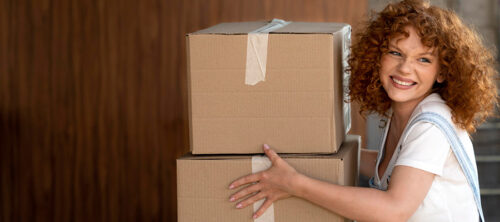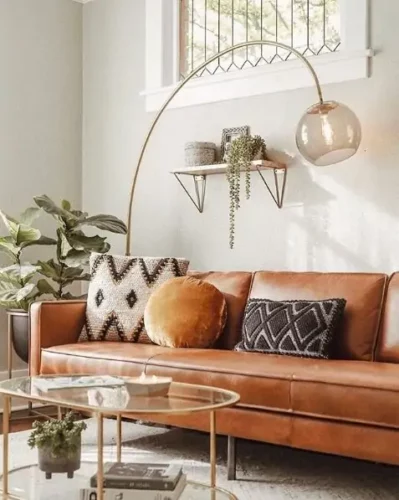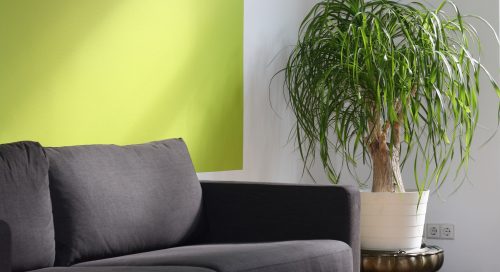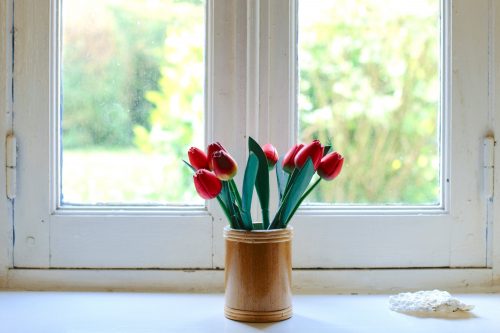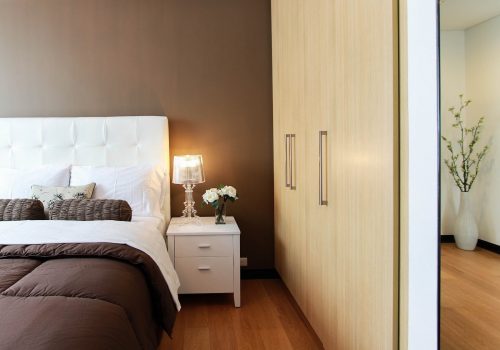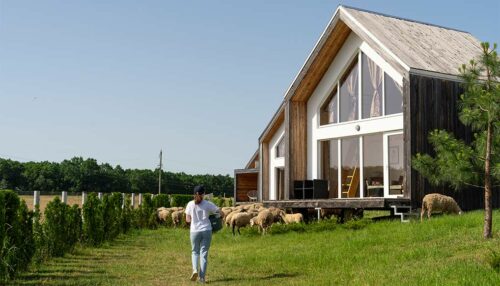
The Beginner’s Guide To Barndominium Homes
Over the past few years, barndominium homes have been quite the topic of conversation among people who are searching for...
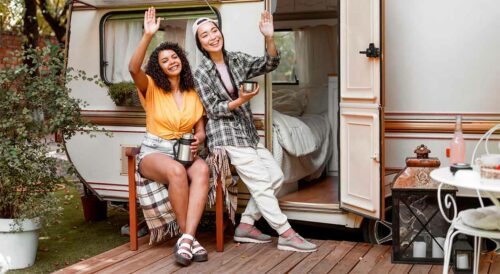
21 Beautiful RV Remodel Ideas
Renovating an RV can transform a dated and worn-out vehicle into a cozy, stylish, and functional home on wheels. Whether...
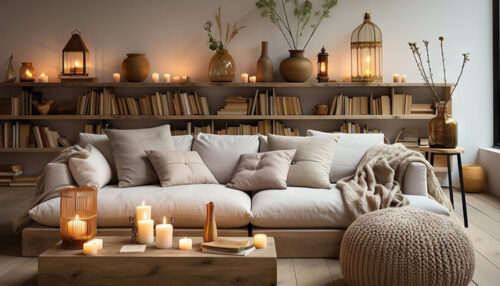
21 Boho-Style Living Room Design and Decor Ideas
Introduction The boho-style living room has become a popular choice for those looking to create a cozy, eclectic, and inviting...

11 Game Room Ideas For an Epic Entertaining Space in 2025
Introduction Creating the perfect game room can elevate your home entertainment experience, offering a dedicated space for fun and relaxation....
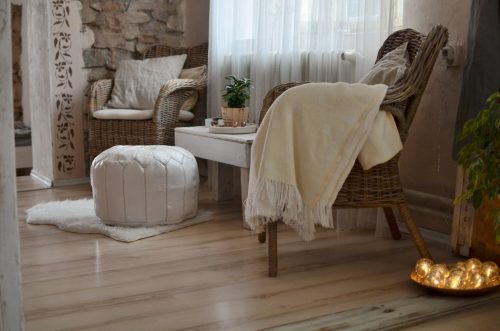
5 Simple Ways to Hygge Your Home
Let’s talk about a word(everybody’s talking about) that’s challenging to pronounce Hygge! Pronounced as "hue-gah”, interestingly, a Danish word Hygge...
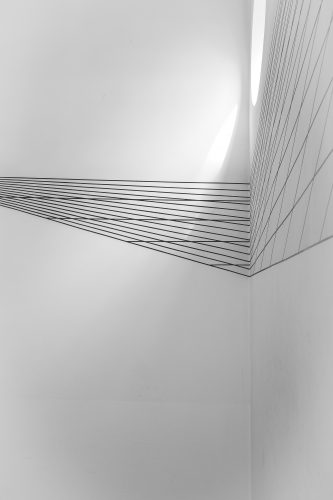
How to Effectively Use White Space in Design
One of the most important rules of design is that a design is only finished when you can’t take anything...

5 Ways to Have a Wow Work Desk
As you know we spend a substantial amount of time at our workplaces. And a lot of these hours are...

7 Expert Tips for Hanging High Pictures Perfectly Straight
If you’ve spent hours trying to hang pictures, only to end up with a crooked result, you’re not alone. It...


